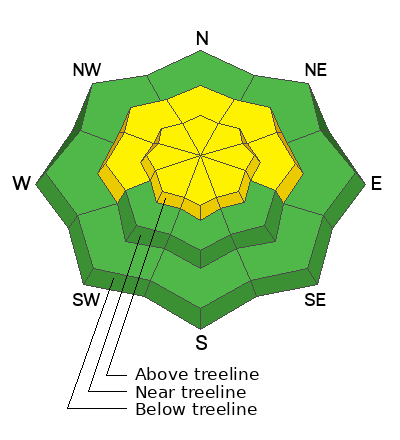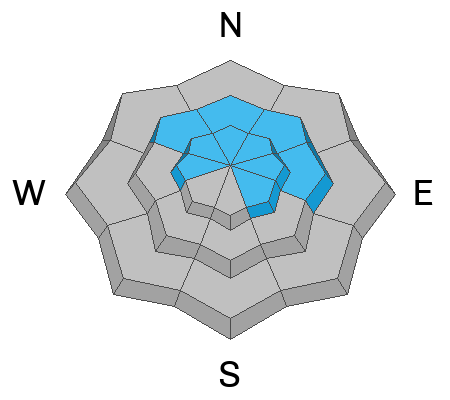If you've been following along, you know that The November persistent weak layer (PWL) has been gaining strength and is deeply buried in most areas. Prior to this storm event, the last round of avalanches failing on this weak layer was during the New Years storm cycle. Before putting this problem to bed so to speak, we wanted to see what this latest load of heavy snowfall would do, and lo and behold, it produced a very large avalanche. Avalanche activity was not widepsread, and stability tests indicate that the odds of a skier or rider triggering this kind of avalanche are unlikely, however it still may be possible in outlying areas that have a combination of radical terrain and a thinner, weaker snowpack, particularly on slopes facing the north side of the compass.

Photo illustrates what is now a thin weak layer of faceted snow about a meter below the surface. The weak layer used to be much thicker, and then snow beneath was much weaker and looser. Time, and compressive weight from above has helped to strengthen this layer, but it was still capable of producing an avalanche under the stress of a rapid, heavy load.
In most areas, the weak layer is deeply buried, and hence very difficult, if not impossible to affect by the weight of a skier or rider. The trick then, is to avoid areas where the snowpack is thinner such as in wind exposed terrain, along slope margins and near rocky outcrops, and in areas of very steep, rocky, radical terrain.














